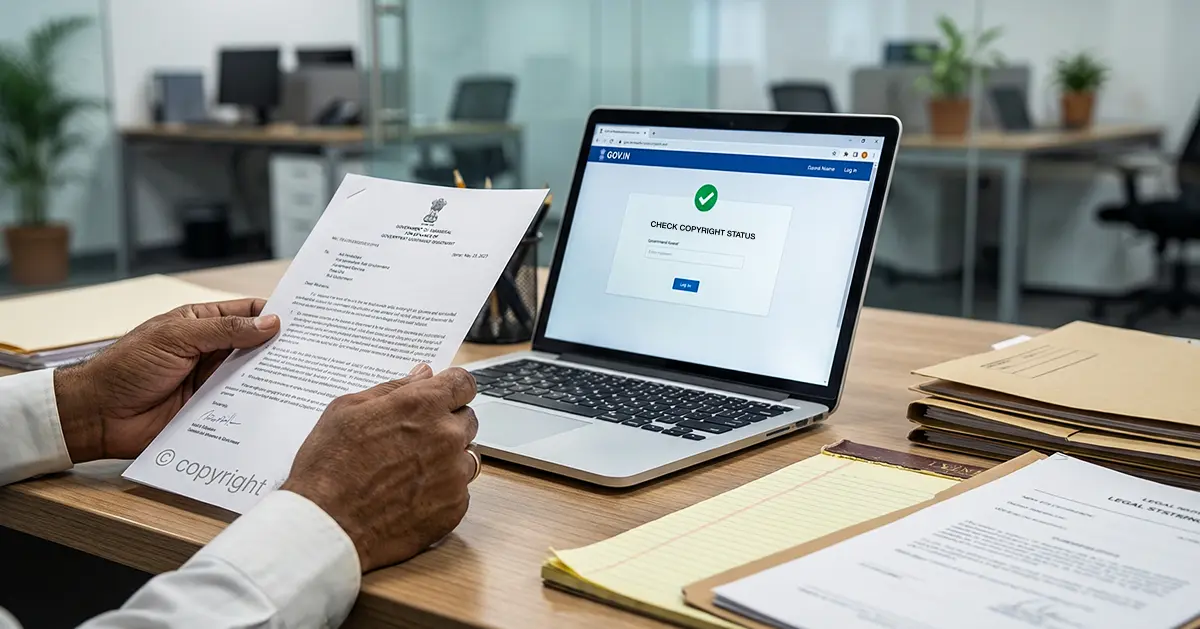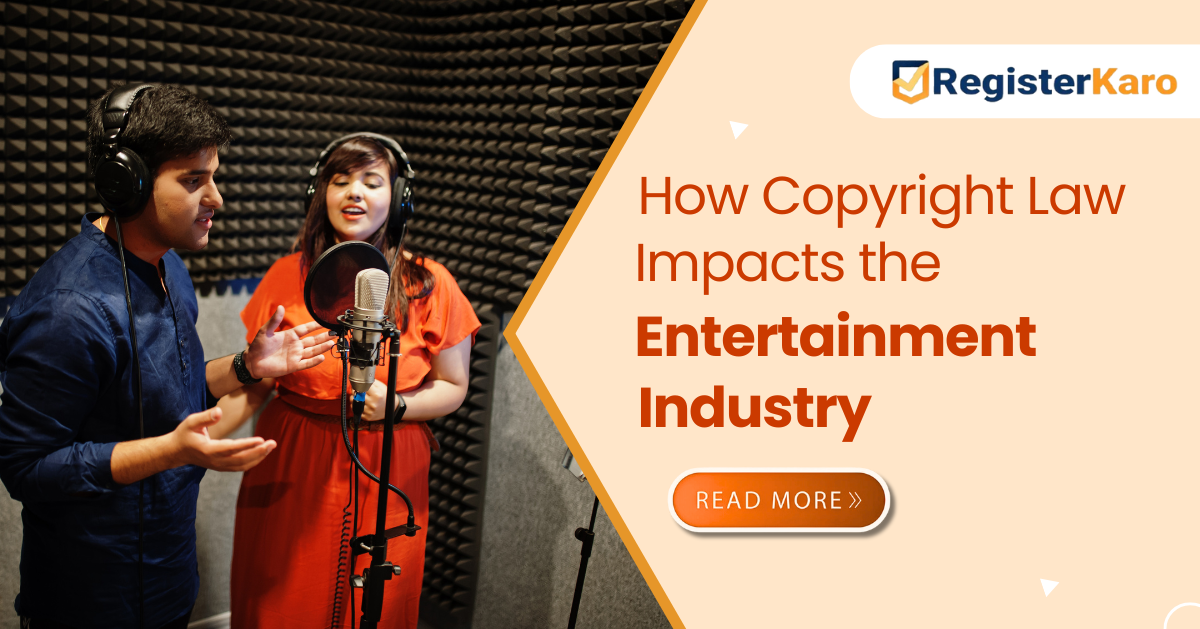
Introduction
The rise of cyberspace and the dominance of digital media have transformed the way we create, share, and consume online content. With this transformation, Copyright in Cyberspace and Intellectual Property Rights have become increasingly important issues. Protecting intellectual property rights online presents unique challenges due to the ease of copying and distributing digital works. This guide will delve into the key copyright issues in cyberspace, how they affect creators and businesses, and the steps you can take to protect online content.
What is Copyright in Cyberspace?
Copyright in Cyberspace refers to the protection of creative works, such as written texts, images, videos, and music, in the digital world. With the internet making content easily accessible and shareable, the application of traditional copyright laws in cyberspace has become more complex. It covers issues like online content piracy, unauthorized distribution of works, and the challenges of enforcing intellectual property rights across multiple jurisdictions.
Key Features of Copyright in Cyberspace:
Key Features of Copyright in Cyberspace
1. Scope:
The scope of copyright in cyberspace is vast, covering a wide range of digital works such as text, images, videos, software, music, e-books, websites, blogs, and other multimedia content. As the digital world evolves, traditional copyright laws are expanding to address new forms of online content, making it applicable to virtually all digital creations shared over the internet.
2. Benefits:
- Protection of Creators’ Rights: Copyright ensures that creators maintain control over their intellectual property and can prevent unauthorized use, ensuring they are recognized or compensated for their work.
- Deterrence of Piracy: By enforcing copyright, creators can protect their digital works from illegal copying and distribution, thus reducing piracy.
- Encouragement of Innovation: Copyright provides a legal incentive for creators to continue producing new content by safeguarding their rights and ensuring that they can benefit from their work.
- Global Reach: Copyright protection allows creators to protect their digital works across borders, ensuring that their intellectual property rights are upheld worldwide.
3. How to Protect?
- Register Copyrights: Although copyright protection is automatic, registering your works can offer stronger legal protection and make it easier to take legal action in case of infringement.
- Use Digital Watermarking: Adding watermarks to digital media like images, videos, and music can help track and prove ownership, preventing unauthorized use and distribution.
- Implement Digital Rights Management (DRM): DRM technologies restrict the ability to copy or redistribute digital content without permission, ensuring that creators maintain control over their work.
- Monitor Online Content: Regularly check online platforms and websites using tools like Google Alerts to ensure that your work is not being used without authorization.
4. Challenges:
- Ease of Replication and Distribution: One of the biggest challenges in cyberspace is how easily digital content can be copied and shared with a global audience. This makes it difficult to control the distribution of works and protect intellectual property rights.
- Jurisdictional Issues: The internet operates globally, making it hard to enforce copyright laws across multiple countries with different legal frameworks. A work infringed upon in one country may be shared in another, complicating enforcement.
- Bypassing of DRM and Copy Protection: Digital Rights Management (DRM) systems are often bypassed by pirates, creating a constant struggle between content creators and infringers.
- Blurred Lines of Fair Use: In cyberspace, the boundaries between fair use (e.g., commentary, education) and infringement can be unclear, leading to confusion and potential legal disputes over what constitutes acceptable usage.
Why is Copyright in Cyberspace Important?
As the digital world continues to expand, Copyright in Cyberspace has become a crucial element for maintaining the integrity of intellectual property rights in the online environment. Here’s a closer look at the significance of copyright in the digital age:
1. Protecting Creators’ Rights:
Copyright in cyberspace ensures that creators—whether they are artists, authors, musicians, filmmakers, or software developers—retain control over how their works are used online. It protects their intellectual property rights to decide how, when, and where their digital creations are distributed, ensuring they receive proper recognition or compensation for their contributions. Without copyright protection, creators would lose the ability to prevent unauthorized use of their work, which could result in lost revenue and diminished recognition for their efforts.
2. Preventing Piracy:
The internet has made it incredibly easy to copy and distribute digital content, leading to widespread piracy. Copyright law plays a critical role in deterring unauthorized use and distribution of digital content, protecting intellectual property rights. By enforcing copyright, creators and copyright holders can take legal action against individuals or organizations who engage in piracy, such as illegal file-sharing, streaming, or downloading of copyrighted material.
3. Promoting Innovation:
Copyright protection serves as an incentive for creators and businesses to innovate and produce new content. Knowing their work is legally protected encourages creators to invest time and resources into new projects, confident that they can benefit from their work and efforts. Without intellectual property rights, creators might be less inclined to invest in the creation of new material, as there would be no safeguard against unauthorized use.
Additionally, for businesses, copyright protection fosters a competitive marketplace by allowing them to protect their proprietary content, products, and services. This ensures that their intellectual property remains a valuable asset, which can be monetized through licensing or sale to others.
Key Challenges of Copyright in Cyberspace
While Copyright offers protection, there are several unique challenges when it comes to enforcing it in cyberspace:
1. Easy Replication and Distribution:
One of the biggest issues is the ease with which digital media can be copied and shared online. A single click can make a copyrighted work available to millions of people worldwide, making it difficult to track and control, thus challenging the protection of intellectual property rights.
2. Jurisdictional Problems:
The internet has no borders, which means that copyright enforcement can be complicated. A work that is infringed upon in one country may be shared globally, making it harder to apply local copyright laws effectively and protect intellectual property rights across jurisdictions.
3. Digital Rights Management (DRM):
Digital Rights Management (DRM) technologies are used to protect digital content from unauthorized distribution. However, these systems are often bypassed, creating a constant battle between content creators and digital pirates, affecting the safeguarding of intellectual property.
4. Fair Use vs. Infringement:
The line between fair use (such as commentary, criticism, or educational use) and infringement is blurred in cyberspace. What may be considered fair use in one context might be seen as infringement in another, leading to confusion and potential legal disputes regarding intellectual property rights.
How Does Copyright Apply to Digital Media?
Copyright in digital media covers a broad range of online content. Here’s how it applies to protect intellectual property rights:
1. Websites and Blogs:
Content creators must ensure that their work on websites and blogs, including images, text, and videos, is protected by copyright. Copying website content without permission is an infringement of intellectual property rights.
2. Music and Videos:
With the growth of streaming platforms like YouTube and Spotify, copyright issues related to music and videos have become increasingly complex. Unauthorized uploading and sharing of these media can lead to legal action for violation of intellectual property rights.
3. Software and Apps:
Software is also subject to copyright protection. It ensures that developers retain control over how their programs are distributed and used, preventing unauthorized copies or pirated versions that infringe on intellectual property.
4. E-books and Digital Publications:
Authors and publishers must protect e-books and digital publications. These works are particularly vulnerable to piracy, and copyright is essential to maintain control over distribution and protect intellectual property.
The Role of Online Platforms in Copyright Enforcement
Cyberspace is filled with platforms that host online content (e.g., social media, file-sharing websites, video platforms), and these platforms have become battlegrounds for intellectual property rights enforcement. Here’s how they play a role:
1. Safe Harbor Protections:
Online platforms, such as YouTube, Facebook, and Google, are typically protected by safe harbor provisions under laws like the Digital Millennium Copyright Act (DMCA). These provisions protect the platform from liability if it hosts infringing content, as long as the platform acts quickly to remove it once notified.
2. Copyright Infringement Takedown Notices:
Under the DMCA and similar laws worldwide, copyright holders can issue takedown notices to platforms to have infringing content removed. These notices help enforce intellectual property rights in cyberspace by allowing rights holders to take action against unauthorized content.
3. Content ID Systems:
Platforms like YouTube use advanced tools such as Content ID to automatically detect and block or monetize copyrighted content uploaded by users without permission, thereby protecting intellectual property.
How Can Creators Protect Their Copyright in Cyberspace?
There are several ways creators can safeguard their intellectual property rights in the digital world:
1. Register Copyrights:
Although copyright protection is automatic in most countries, registering your works can provide stronger legal protection and make it easier to pursue legal action in case of infringement of intellectual property rights.
2. Use Digital Watermarking:
Adding digital watermarks to images, music, or videos can help track and prove ownership of your work. This is especially useful in preventing unauthorized use and tracking the distribution of digital media while safeguarding intellectual property.
3. Implement DRM:
Using Digital Rights Management (DRM) technologies can limit the ability of users to copy, modify, or redistribute your digital content without permission, further protecting your intellectual property.
4. Monitor Online Content:
Using tools like Google Alerts and specialized copyright monitoring services, creators can regularly check whether their content is being used without permission online and protect their intellectual property rights.
Conclusion
Copyright in Cyberspace is an essential element in protecting online content and ensuring that creators and businesses can benefit from their intellectual property. However, the challenges of digital media distribution, piracy, and cross-jurisdictional issues make it crucial for creators to be proactive about safeguarding their works. By understanding the complexities of copyright in the digital world and taking the necessary steps to protect your creations, you can better navigate the evolving landscape of intellectual property in cyberspace.
Need assistance with copyright protection in the digital world? Contact RegisterKaro at support@registerkaro.in today for expert guidance on protecting your online content!
Frequently Asked Questions
1. What is the difference between copyright and patent in cyberspace?
A: Copyright protects creative works like music and art, while patents protect inventions or processes. In cyberspace, copyright is more relevant for digital content.
2. Is copyright automatically granted in cyberspace?
A: Yes, copyright is automatically granted when a work is created, though registration offers added protection.
3. How does copyright protect digital media online?
A: Copyright gives creators exclusive rights to reproduce, distribute, and display digital media, preventing unauthorized use.
4. Can content be copyrighted if it’s shared on social media?
A: Yes, content shared on social media is automatically copyrighted, but unauthorized sharing can lead to infringement.
5. How do I protect my intellectual property in cyberspace?
A: Register copyrights, use DRM tools, watermark content, and monitor online usage to protect your work.
6. What should I do if my copyrighted work is used without permission online?
A: File a takedown notice or take legal action if your copyrighted work is used without permission.
7. How long does copyright last in cyberspace?
A: Copyright lasts for the author’s lifetime plus 60 years in most countries.
8. Can I copyright my website content?
A: Yes, written text, images, and videos on your website can be copyrighted if they are original.
9. Are there any legal tools for enforcing copyright in cyberspace?
A: Yes, tools like DRM, Content ID systems, and copyright registration help enforce copyright laws.
10. What are the challenges of enforcing copyright in cyberspace?
A: Challenges include easy replication of digital media, cross-border legal issues, and inconsistent internet laws.




